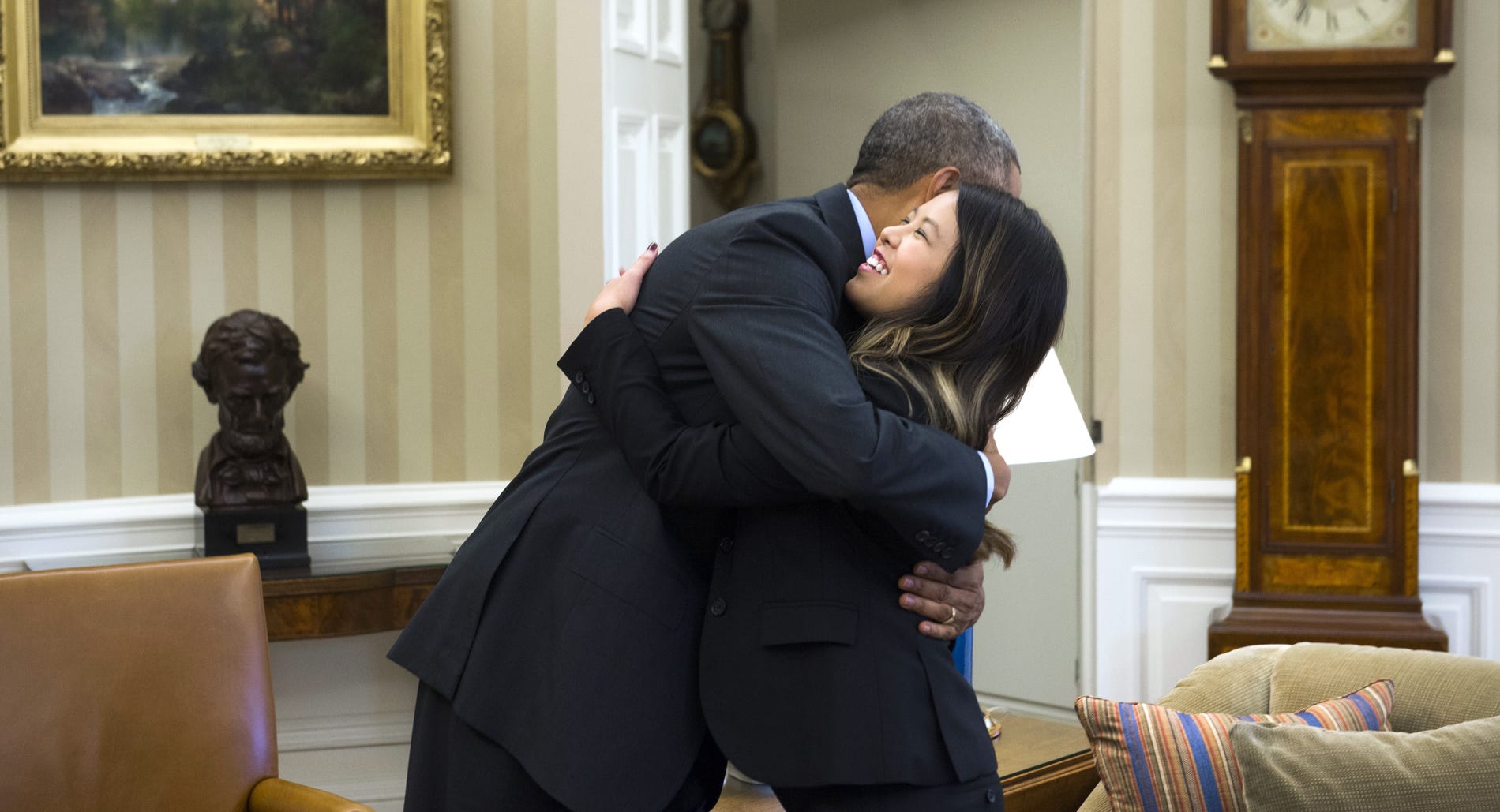The WaPo explores which hospitals will be approved by CDC to treat Ebola patients, and whether hospitals will lose or gain from such a designation. Treating an Ebola patient scares other patients away, puts
staff at risk, and demands extraordinary levels of intensive care that exceed
what can be reimbursed by insurers, and sometimes what can feasibly be provided. Excerpts follow:
U.S. officials trying to set up a network of hospitals in this country to care for Ebola patients are running into reluctance from facilities worried about steep costs, unwanted attention and the possibility of scaring away other patients.
“They’re saying, ‘Look, we might be willing to do this, but we don’t want to be called an Ebola hospital. We don’t want people to be cancelling appointments left and right,’ ” said Michael Bell, director of laboratory safety at the Centers for Disease Control and Prevention...
Just a few facilities in the United States have special bio-containment units, which are ideal for treating Ebola, and they can handle only two or three patients at a time. And the case of Thomas Eric Duncan, the Liberian man who was initially misdiagnosed at a Dallas hospital and died, shows how easily a community hospital can stumble.
Of the 5,000 hospitals in the United States, dozens have volunteered to treat Ebola patients. As of mid-November, CDC infection-control experts had visited 41 facilities in 12 states and the District of Columbia, according to agency Director Thomas Frieden.
But it is not clear how many medical centers will pass muster and whether the number will be enough for the administration to meet its goal of establishing an adequate network of Ebola-ready facilities.
The handful of U.S. hospitals that have treated Ebola patients have discovered that doing so can be costly, requiring around-the-clock care involving scores of nurses and other health workers. That would be a big challenge for many hospitals, where staffing is often stretched thin.
Adding to the burden is the widespread media attention that accompanies treating an Ebola patient and the potential loss of revenue if other patients steer clear of the facility. There is also the constant worry that a mistake could result in employees’ becoming infected...
Most of the 10 Ebola cases in the United States were treated at three hospitals with biocontainment units — Nebraska Medical Center, Emory University Hospital and the clinical center at the National Institutes of Health in Maryland.
Those hospitals would be “overwhelmed by even a modest surge of 10 to 20 patients,” Bryce Gartland, vice president of operations for Emory University Hospital, said in a Nov. 7 letter to Congress in support of more federal funds...
From today's Hartford Courant:
A spokesman for Day Kimball Hospital in Putnam said that, although the hospital is capable of safely identifying, isolating and providing initial care for an Ebola patient, dealing with an Ebola patient in the long term would shut down the hospital because of the costs involved.

